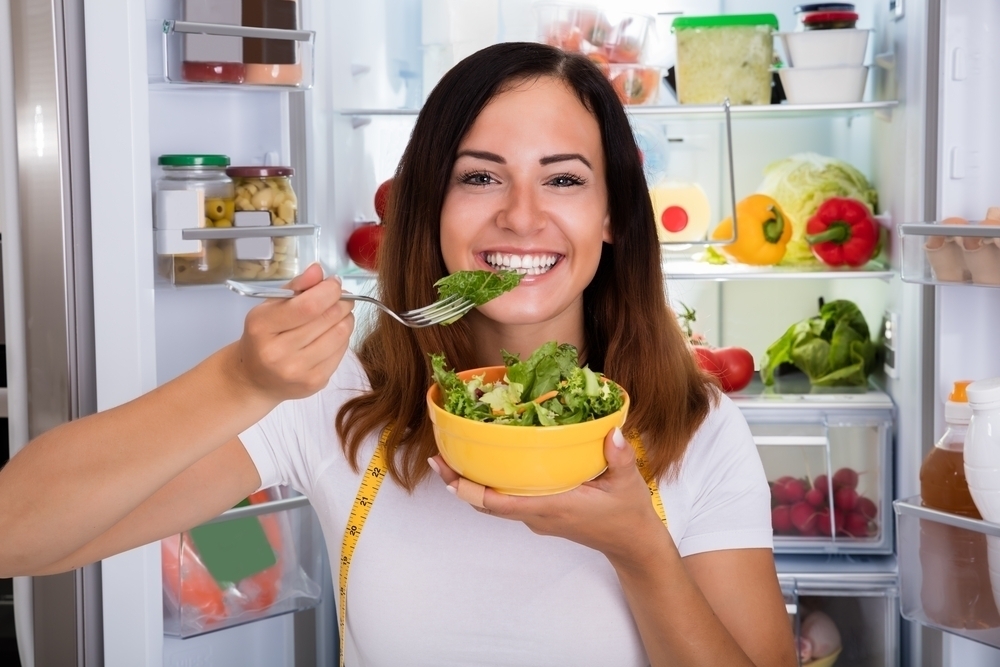“Dead” food is the newest title given to food that has had the life packaged, preserved, or cooked out of it, to the point where it has become sadly void of virtually all nutritional value. If you are interested in healthy eating, you will probably want to identify and avoid foods give this monicker.
What is Dead Food?
Dead food refers to processed food or food without nutrients. It is called dead because it has been refined to a point that it is bereft of minerals, vitamins, and fibers. However, dead food is in no way inedible. In fact, it is extremely tasty and easy to digest. Herein lies the problem. At least half of what we eat is “dead food” and its causing our bodies to store fat, which leads to inflammation. Inflammation is a prime source of diabetes, strokes, and cancer.
Fillers: Fillers are the items like white rice, bread, sugar, soft drinks, and chips, otherwise known as the staples of most American diets.
Processed Food: Anything preprepared, like frozen dinners, desserts, and snacks.
Fast Food: Almost anything you get at fast food chain restaurants.
What is Living Food?
Live food is raw, or uncooked food. It is considered alive because when food is cooked certain enzymes are denatured, or killed. Hence, raw food is food which still has working enzymes. Enzymes are responsible for doing all the work inside a cell. Denaturization usually occurs when food is heated over 105 degrees.
Dead Foods To Give Up In 2017
Energy Bars
Although energy bars are often promoted as health food, nutritionists more commonly think of them as candy bars with protein thrown in, which makes for poor taste and texture combined with refined sweeteners and preservatives. You are better off with an almond nut mixture.
Veggie Chips
More junk food in disguise! Veggie chips are a perfect example of good food gone bad. They are traditionally deep fried in oils and become denatured by light, oxidation, and heat. Stick to raw dried kale chips as a healthier alternative.
Agave Nectar
The name may sound natural, but the product is anything but. The chemical used for the manufacture of agave nectar is almost the same as the corn refiners used to make high-fructose corn syrup. Agave nectar goes through a chemical process that converts it into 70 percent pure fructose. Fructose is linked to fatty liver disease, obesity and has been known to break down collagen in the skin.
What are some “dead” foods you’re giving up for 2017? And what are you thinking of replacing them with? Let us know your take on the whole thing!

















